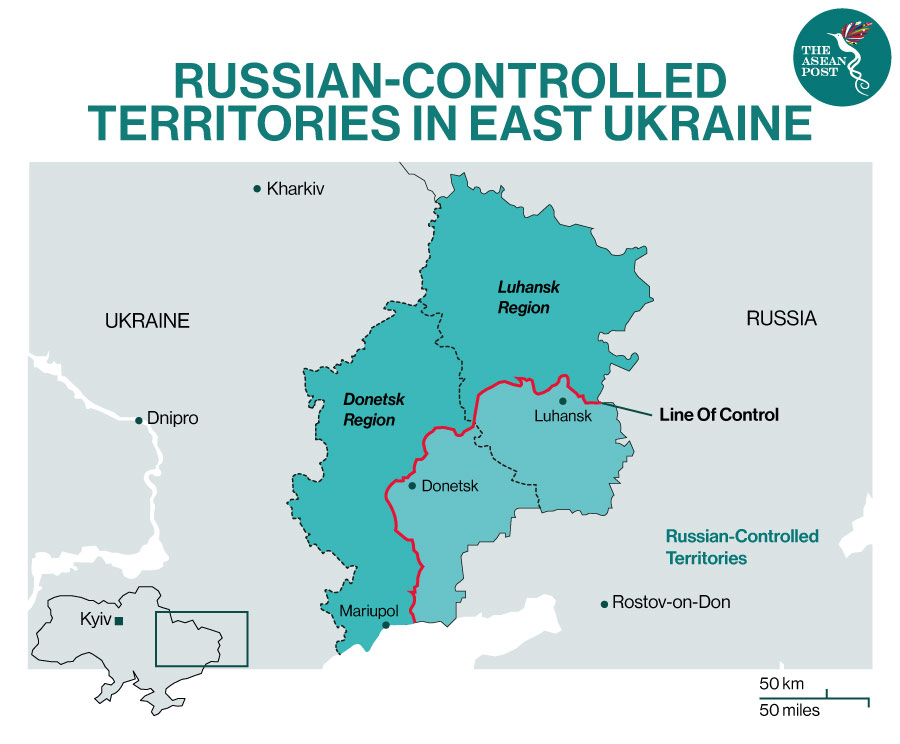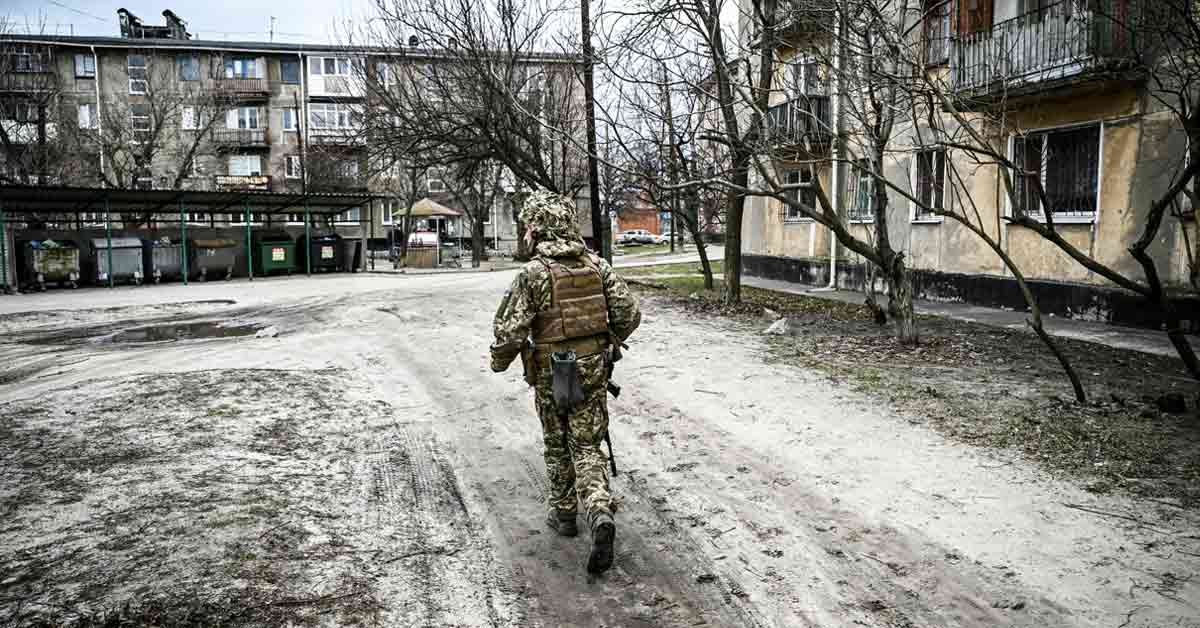Putin has sent soldiers on a ‘peacekeeping mission’ but is likely to threaten Ukraine with a broader war.
What Has Vladimir Putin Ordered?
The Russian president has recognised the independence of two Russian-controlled territories in east Ukraine. They call themselves the Donetsk and Luhansk People’s Republics. The territories have been armed, financed and politically controlled by Russia since 2014. But until this week, Russia still recognised them as part of Ukraine.
Putin has also sent his military on a “peacekeeping mission” to Ukraine, meaning that Russia will formally occupy sovereign Ukrainian territory for a second time following the 2014 annexation of Crimea. But in this case, Russia has not annexed the territories. A document signed by Putin on Monday also allows him to establish military bases or place missiles in the territories.
Why Is He Targeting Ukraine?
First, Putin has indicated that he questions Ukraine’s right to statehood, calling modern Ukraine an artificial construct of the Soviet Union. He also sees Russians and Ukrainians as “one people”.
Second, he thinks that a western-leaning Ukraine is dangerous for Russia. He has called the possibility of NATO membership for Ukraine a “red line” for the Kremlin.
Third, he wants to show that popular revolutions such as the one that took place in Kyiv in 2014 do not succeed in the long run. That helps to prop up his own rule in Russia.
What Might Happen Next?
The decision marks the end of the Minsk peace deal, a troubled road map out of the conflict that would have left the territories in Ukraine. That deal also contained a ceasefire agreement, which is now also void. More than 14,000 people have died in the fighting that has occurred since 2014.
Russia’s military is likely to make a formal entrance into the territories soon. Its troops and military vehicles have secretly taken part in the fighting since 2014, but this deployment will probably be much larger. Moscow will now threaten Ukraine with a broader war if it continues to fight against the “separatists”, telling Kyiv that Russia is now obliged by treaty to defend them from attack.
Russia could also justify a further invasion of Ukraine by recognising the territorial claims of the two separatist governments. They include the large city of Mariupol, which is on the other side of the frontlines. If Russia recognises their expanded borders, it may order its troops to begin an offensive against the Ukrainian army.
That could be a prelude to a broader conflict. Russia has gathered up to 190,000 troops along the Ukrainian border and is positioned to launch an attack that could threaten the capital, Kyiv, and sweep across much of the country. An offensive of that size has not been seen in Europe since the second world war.

What Will The West Do?
Western countries have condemned the threat and are likely to impose sanctions on Moscow this week. But the severity of the punishment will be up for debate. And they have made clear that they will not send combat troops to Ukraine.
The United States (US) had promised the “mother of all sanctions”, probably targeting Russia’s banking and financial sectors, if Russia invaded Ukraine. But that imagined a blitzkrieg-style ground campaign that could take big cities like Kyiv and Kharkiv. The recognition of the territories and occupation by Russian forces is also an act of aggression but it is not the nightmare scenario.
As diplomats met in Brussels on Tuesday, it remained unclear whether Putin’s order to send troops into Ukraine would be the trigger for the massive sanctions the EU has been threatening for weeks.
How Do Gas Supplies Affect The Crisis?
On Tuesday, the German chancellor, Olaf Scholz, stopped the certification process for the Nord Stream 2 gas pipeline in response to Russia’s recognition of the two self-proclaimed republics.
First announced in 2015, the US$11 billion pipeline owned by Russia’s state-backed energy giant Gazprom has been built to carry gas from western Siberia to Lubmin in Germany’s north-east, doubling the existing capacity of the Nord Stream 1 pipeline and keeping 26 million German homes warm at an affordable price.
Europe’s most divisive energy project, Nord Stream 2 bypasses the traditional gas transit nation of Ukraine by running along the bed of the Baltic Sea. It has faced resistance within the European Union, and from the US as well as Ukraine, on the grounds that it increases Europe’s energy dependence on Russia, denies Ukraine transit fees and makes it more vulnerable to Russian
